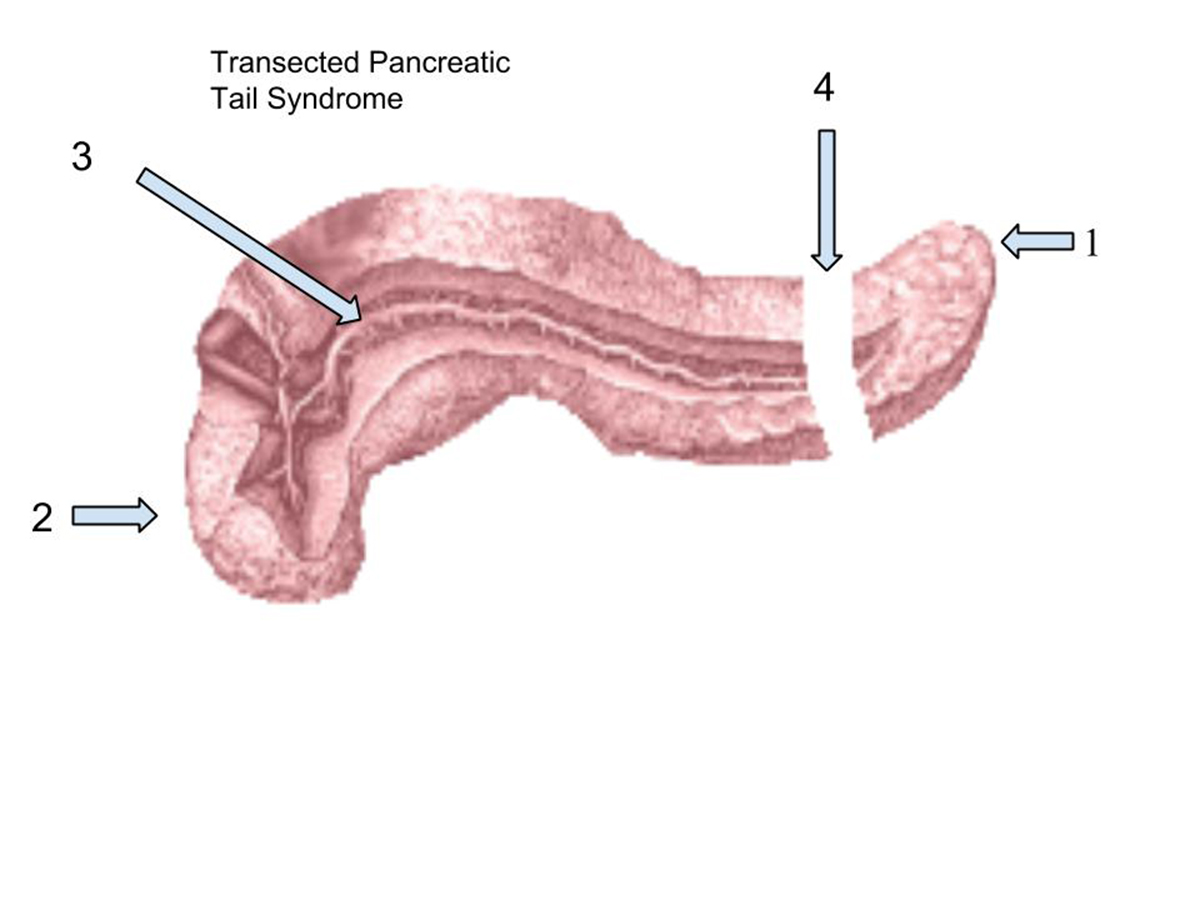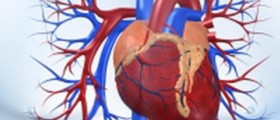
Thanks to modern medicine we are now familiar with the term genetic diseases. These disorders develop due to chromosomal abnormalities. The associated health problems affected individuals develop remain for the rest of their lives. What is more, in some cases the growth and development brings additional medical issue. There is no cure for genetic diseases. However, symptoms of some such illnesses can be successfully brought under control while there are also cases when damage to the entire body is so severe that the affected individual dies while still young.
A Rare Genetic Disorder
Shwachman Syndrome (also known under several more names such as Shwachman-Diamond Syndrome or Pancreatic Insufficiency and Bone Marrow Dysfunction) is a rare genetic disorder blamed for pancreatic insufficiency, dysfunction of the bone marrow and skeleral abnormalities. The persons suffering from Shwachman syndrome are highly susceptible to leukemia too.
Manifestations of the disease as well as its variations are wide. However, the leading characteristic of the disorder is exocrine pancreatic insufficiency which is the reason why the body cannot absorb fats and other nutrients while inadequate function of the bone marrow, on the other hand, results in hematologic abnormalities (leucopenia, anemia and thrombocytopenia). In the most severe cases there is lack of all three types of blood cells (pancytopenia).
Skeletal abnormalities the syndrome is associated with are short stature and various bone abnormalities, particularly the ones affecting the rib cage and long bones of both, the upper/lower extremities. Some patients additionally suffer from liver abnormalities such as hepatomegaly, an increase in certain liver enzymes etc.
Inherited Pancreatic Insufficiency Syndrome
This genetic disorder affects solely the exocrine part of the pancreas. The disease was first described by a group of scientist in 1964 and is later named after them (Shwachman, Diamond, Oski, and Knaw).
Today we can say for sure that Shwachman syndrome represents the second most common cause of inherited pancreatic insufficiency. Cystic fibrosis remains the leading cause of such malfunction. What is more, the syndrome is the third leading cause of inherited failure of one of the crucial organs necessary for proper functioning of the immune system, the bone marrow.
After many years of research scientists have managed to identify the chromosome 7 as the site of genetic mutations blamed for the syndrome.
Pancreatic insufficiency starts early in the childhood. Inadequate function of the exocrine pancreas leads to inability of the intestine to absorb fats and other nutrients. As a consequence there is malabsorption and failure to thrive. Now, since liposoluble vitamins (A, D, E and K) can only be introduced into the body together with fats, it is clear that patients will develop deficiencies of these vitamins as well.
Malnutrition takes place when approximately 98% of pancreatic reserve is lost. The major problem on the histological level is the absence of pancreatic acinar cells. Under normal circumstances these cells produce enzymes essential for food absorption. The cells are in utero replaced with fat cells which are practically non-functional. Simple blood tests which measure serum levels of pancreatic trypsinogen and isoamylase reveal insufficient amount of these enzymes and may help in the diagnosis. Fortunately, pancreatic lipase synthesis may increase with age. This improves pancreatic function in total and may eventually make one capable of proper fat absorption. According to available data around half of all patients eventually end up pancreatic sufficient during their childhood and are discontinued enzyme replacement therapy.
As for bone marrow failure the very connection between the genetic disorder and impaired function of the organ remains a mystery. Most experts believe that the stroma of the bone marrow is abnormal and that patients suffer from a stem cell defect. Neutropenia is definitely the most reported bone marrow abnormality associated with Shwachman syndrome. Anemia and thrombocytopenia take place as well. Pancytopenia is the rarest occurrence.
The child is not capable of growing and developing properly mostly because of malnutrition. However, recurrent infections along with skeletal abnormalities and/or low levels of growth hormone are also blamed for inadequate growth and development.
Skeletal abnormalities affect around 75% of all patients. There is a high risk of osteoporosis and vertebral fractures due to low bone mass and low bone turn over.
Even though there is no associated mental retardation, mild cognitive impairments or changeable degrees of developmental problems may be reported. As a matter of fact children suffering from Shwachman syndrome have significantly reduced brain volume which may explain lower performance compared to healthy peers.
In the end, we should mention that Shwachman syndrome is not a common genetic disorder. In fact, around 200 cases have been reported in the world so far. Prognosis is relatively uncertain and depends most on the severity of abnormalities and insufficiencies. Most deficiencies are successfully treated but it is impossible to repair the underlying damage which has led to abnormalities these individuals have to deal with.The lethal outcome may be closely related to sepsis which results from infections or malignancy such as leukemia.

















Your thoughts on this
Loading...